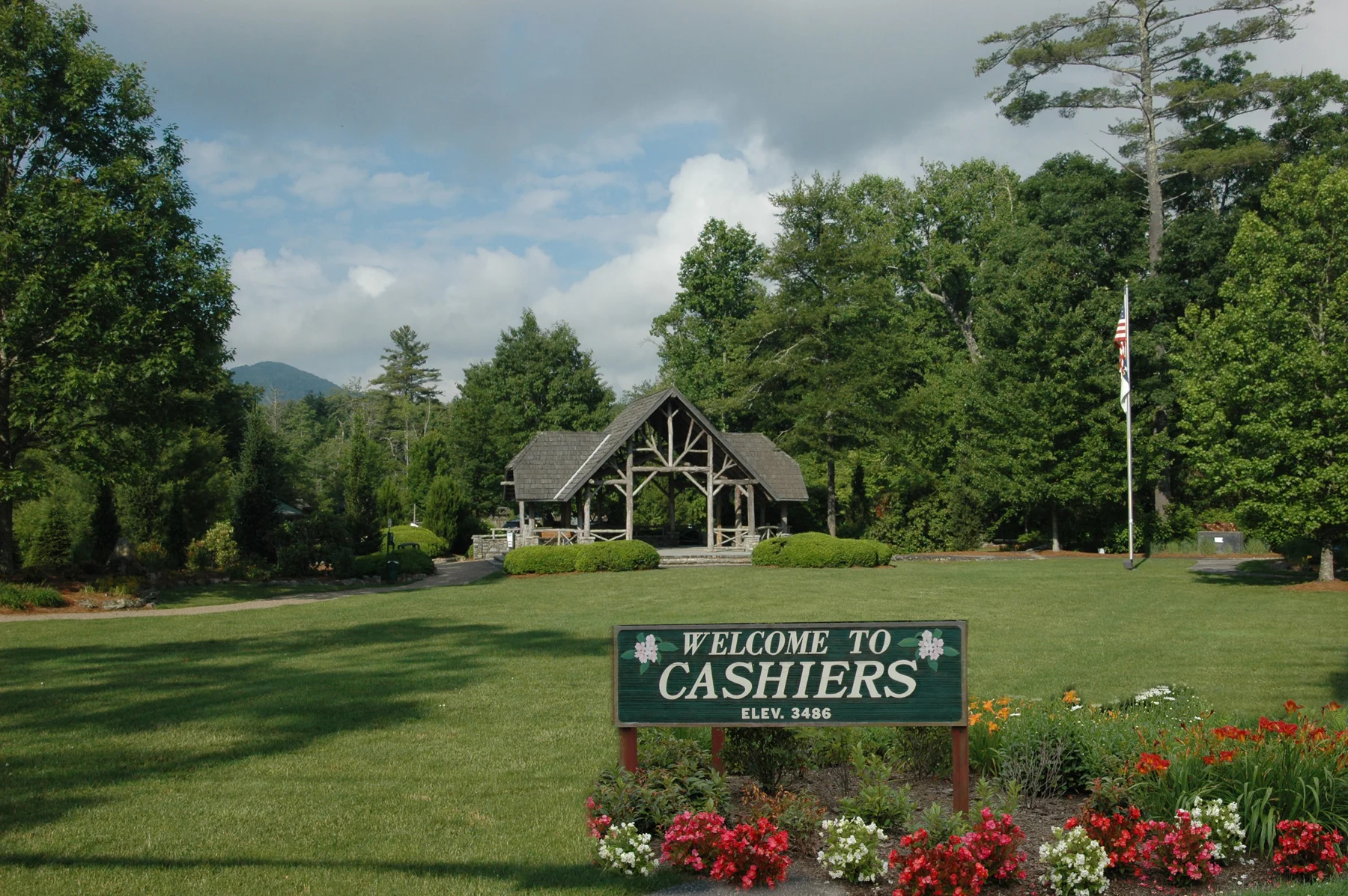COLORS OF AUTUMN
Diana Nellans
Whiteside Moutain in Stonefly
Every year, mother nature puts on a spectacular show in Stonefly and the area surrounding Cashiers, North Carolina. This is attributed to mild autumn days coupled with cool, crisp, but not freezing evenings. During September, October and November, the once green leaves of spring and summer alter their appearance and Whiteside Mountain becomes a crazy quilt of brilliant yellow, glowing orange, fiery red, and rich brown.
As autumn approaches, the amount of available sunlight decreases. This signals the tree that winter is approaching and that it is time to begin the process of shedding its leaves. As a result, the production of chlorophyll ceases and breaks down. Because of this, the green color of the leaf disappears allowing the other pigments to show off their hues.
Each species of tree and shrub has its own unique hues and the amount of color can vary from year to year depending upon the temperature, rainfall, and wind in any season. But it always promises to be something, once seen, is never forgotten and is a special bonus for those who call Stonefly home.




